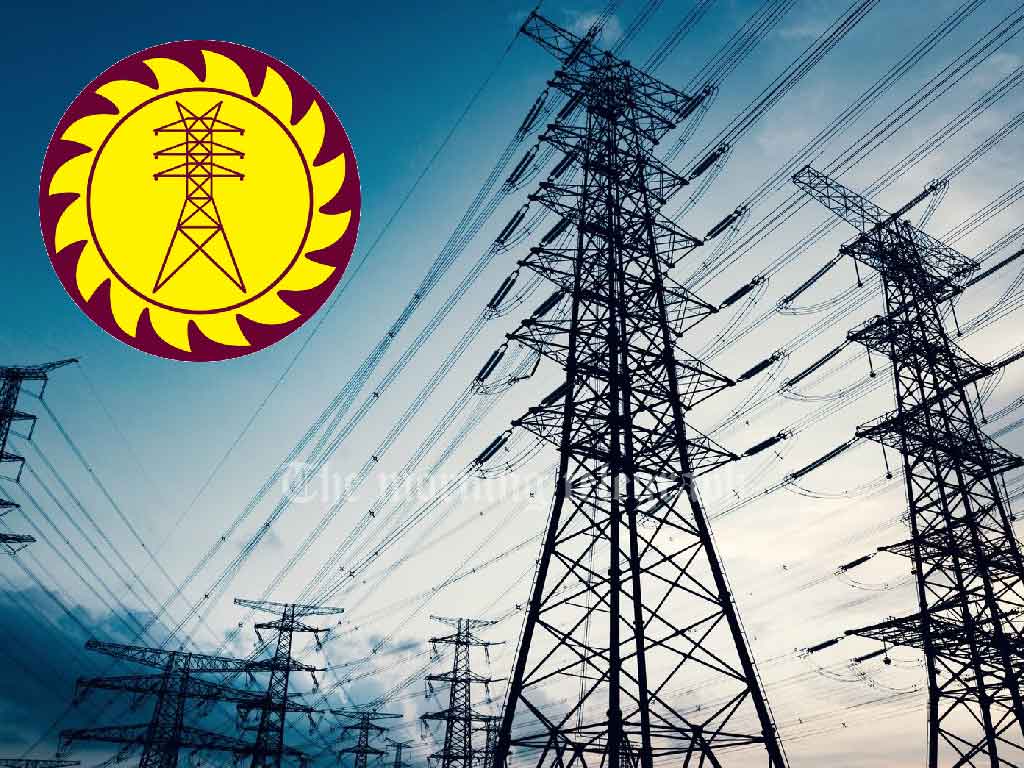
The Ceylon Electricity Board (CEB) Engineers’ Association has provided a technical explanation for the nationwide power outage, rejecting speculation and misinformation. According to their assessment, the collapse of the national power grid was primarily due to an imbalance caused by low electricity demand and fluctuating solar power generation—not due to external factors like locusts or isolated technical faults.
The association stated that the power failure occurred on Sunday afternoon, a time when electricity demand was significantly lower than usual. At the same time, a large percentage of the country’s electricity was being generated through solar power, which is inherently unstable and dependent on weather conditions. This combination of low demand and unstable solar power feed disrupted the automatic emergency breakdown management process, causing the grid to lose stability and shut down completely.
While similar power fluctuations have occurred on previous Sundays, skilled engineers at CEB’s System Control Division had successfully prevented complete system collapses in those instances. However, on this occasion, the national power grid was in a weakened state, making it impossible to prevent a full-scale blackout despite the best efforts of the control team.
The CEB Engineers’ Association emphasized that a thorough investigation is necessary to confirm the precise sequence of events that led to the outage. They acknowledged that the CEB and the Ministry of Energy are actively working on long-term solutions to stabilize the grid and prevent similar incidents in the future. Key projects include the development of large-scale battery storage systems and pumped-storage hydroelectric facilities, both of which would allow for better management of electricity supply and demand fluctuations.
The association also warned against misinformation, noting that certain parties were attempting to spread misleading narratives about the cause of the power failure. They stressed the importance of sticking to verified technical findings rather than allowing speculation to shape public perception.
Furthermore, the engineers praised the rapid response of the System Control Division and other key CEB departments, whose efforts helped restore power as quickly as possible despite the scale of the outage. Moving forward, they urged policymakers to invest in grid modernization, improved energy storage solutions, and more effective integration of renewable energy sources to ensure greater system resilience and energy security.





This makes more sense, but the CEB is still not being completely honest. Behind all the words now advanced as the reasons is the basic fact that the grid does not have sufficient frequency response capacity to operate safely in the light of the currently available power generation mix, which is sometimes skewed, towards solar. Frequency response capability needs to be built into plans when solar power generation additions are approved. Ministerial override (say, in previous governments) is not a appropriate excuse. Mostly, only rotating generating machinery can provide frequency response and the best rapid response units for such purpose are gas turbine power generation units. Wind power does not work either in frequency response role. In any case adjusting a whole wind farm isn’t straightforward. So, allowing power generation additions to the grid that compromise frequency response capability is an engineering and planning failure. Maybe one a long time in its gestation but nevertheless those managers and electrical engineers running the CEB are to blame.